HEALTH IMPACTS
What are the health impacts of CEI Hub pollution?
- Hundreds of toxins are already present and contaminate the air, water, and soil.
- Toxic releases are both ongoing and accidental.
- There's potential for harmful effects on every body system.
- Oregon's regulation of emissions is inadequate.
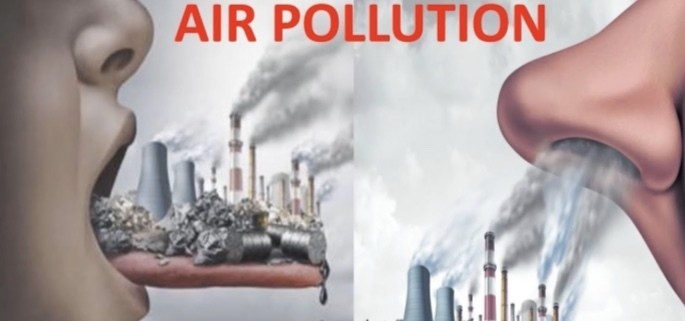
.jpg)
Courtesy of American Cancer Society
Emissions are underestimated by tank farm operators who use a formula developed by the oil industry. The formula was banned in 2 New England states following emissions studies. Linnton Neighborhood Association is actively supporting more accurate EPA assessment methods.
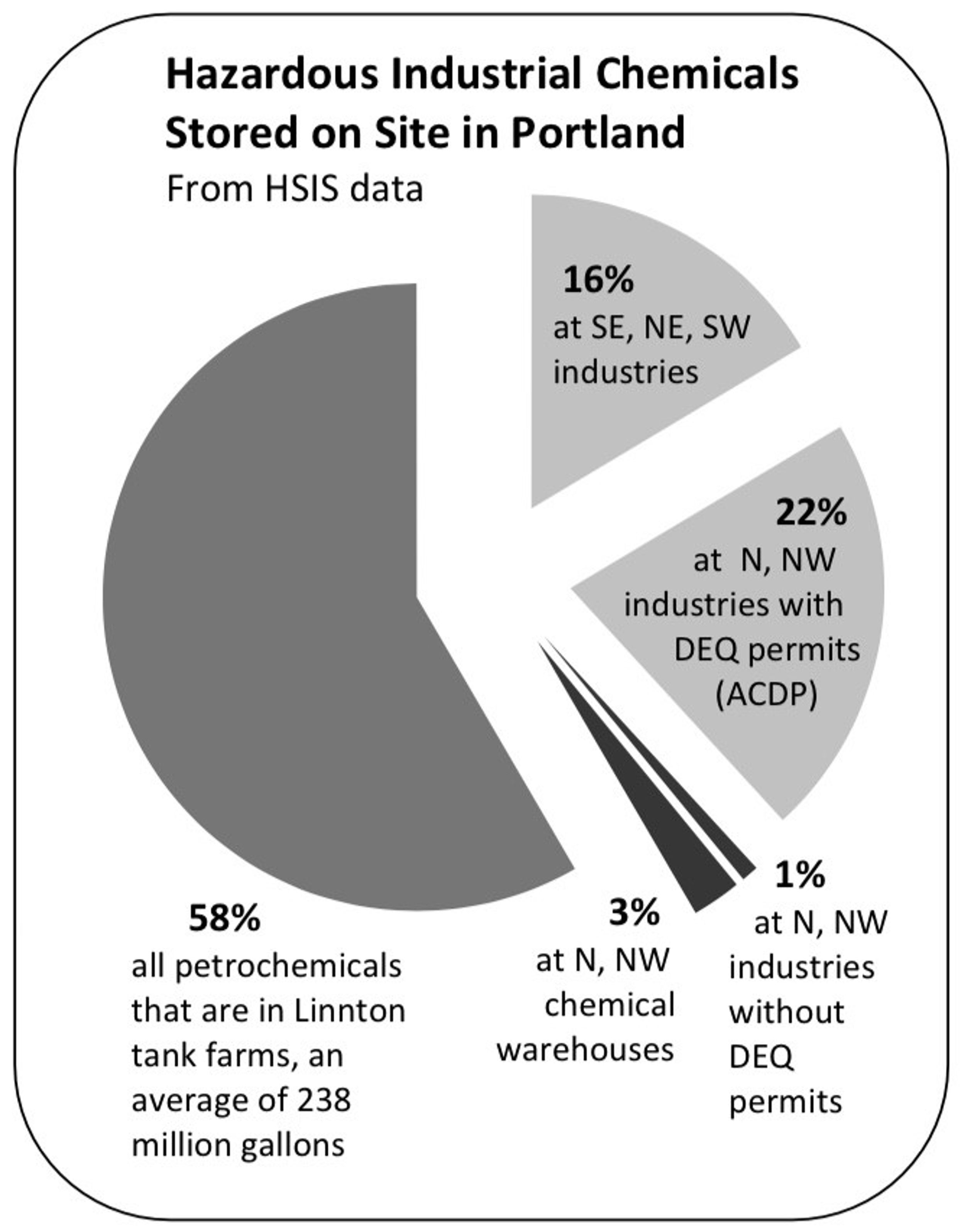
Linnton Air Pollution Report
Toxic chemicals emitted from storage tanks and other industries along the Willamette increase the risk of cancer and air pollution-related diseases for those living and working near the CEI Hub.
Air currents carry toxics east and south to many other neighborhoods.

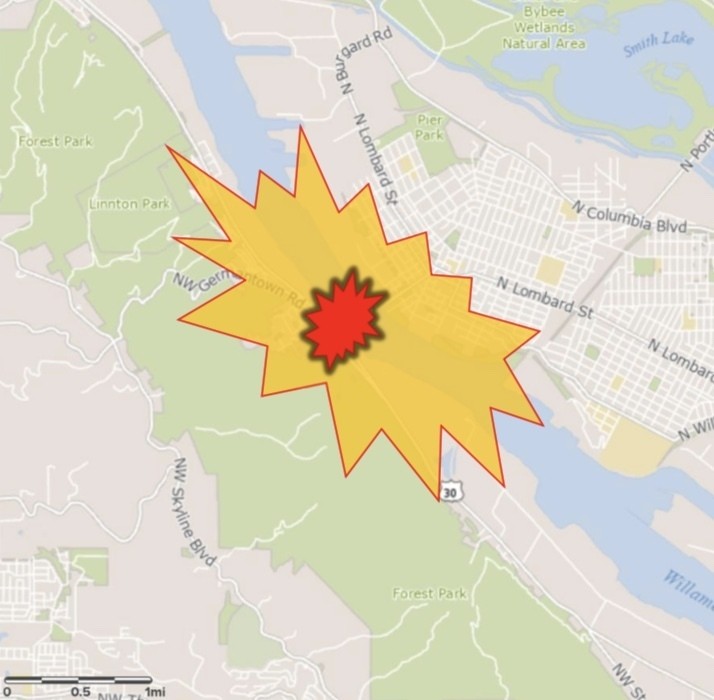
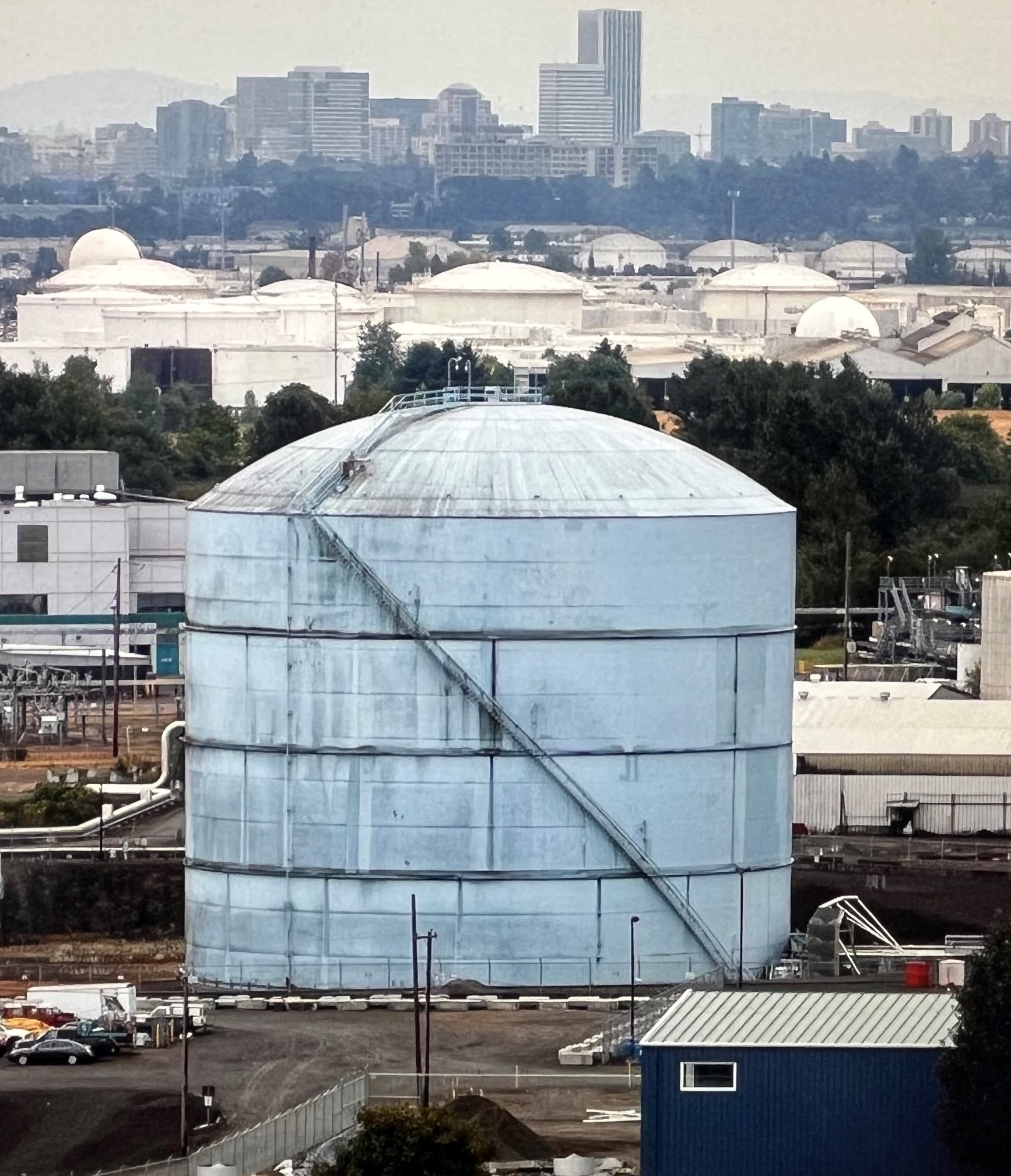
The blast zone illustration shows the area affected from the single NW Natural tank (above) located
south of the St Johns Bridge.
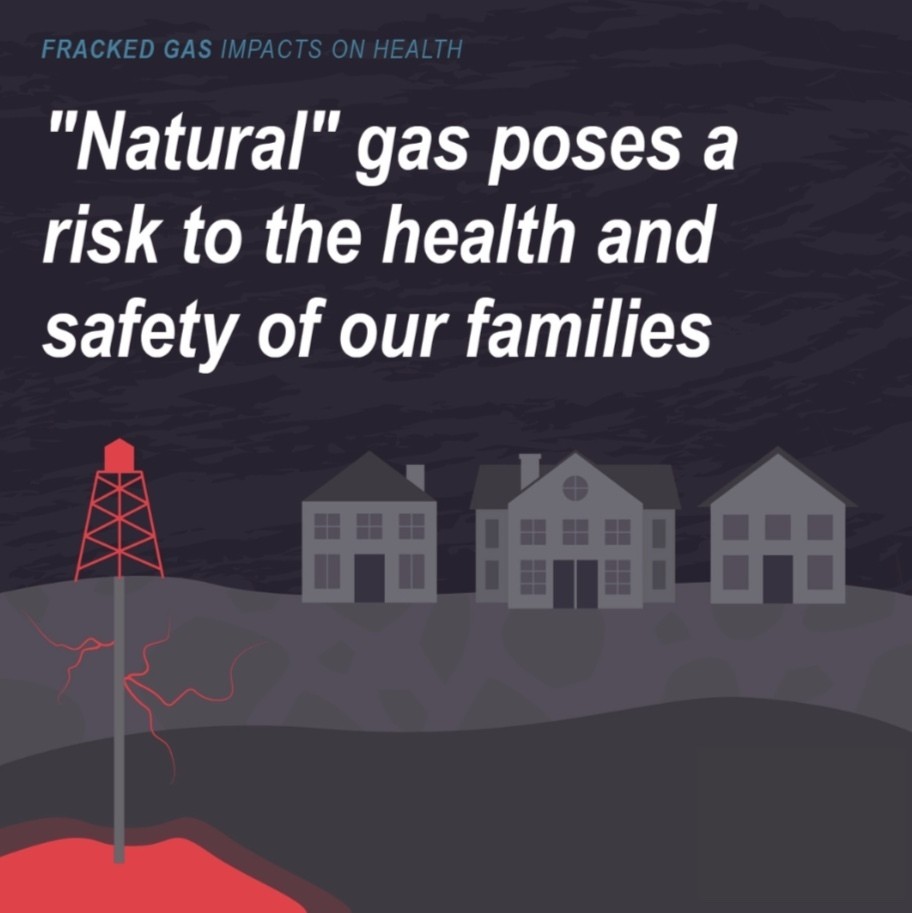
This document was created as a Pacific Northwest resource to provide the information we need to keep our communities safe.
Trains emit diesel particulates. They also transport toxic substances and are at risk for derailment, fires, and explosions.
.jpg)
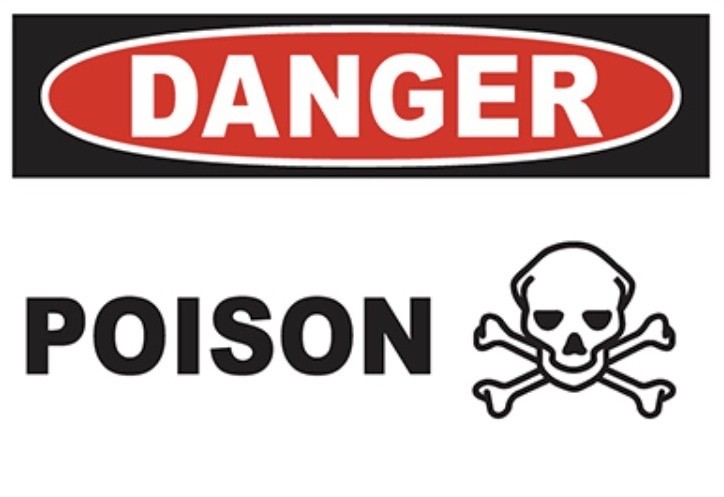
A Toxic Mix of Chemicals
- Refined petroleum: gasoline, diesel, aviation & jet fuel, marine fuel, motor oil, asphalt, kerosene, naptha, fuel additives
- Crude oil: Canadian tar sands, Bakken crude oil
- Gases: butane, propane, liquefied natural gas (LNG)
- Other: ethanol, bio-diesel, chloride, ammonia

Physicians for Social Responsibility
Oregon Environmental Council 2022:
Diesel exhaust kills 460 Oregonians and healthcare and lost productivity costs the state $3.5 billion dollars each year.

Courtesy Shawn Looney
An old, unfiltered diesel train sits and spews emissions in Linnton.

"CEI Hub Seismic Risk Analysis" by Multnomah County and Portland Bureau of Emergency Management
This image shows:
- Risk of ignition resulting in explosion and fire from tanks.
- Dispersion of particulates (plumes) in the air to North Portland in a westerly wind.
Communities in Central Portland would be affected in a southerly wind.
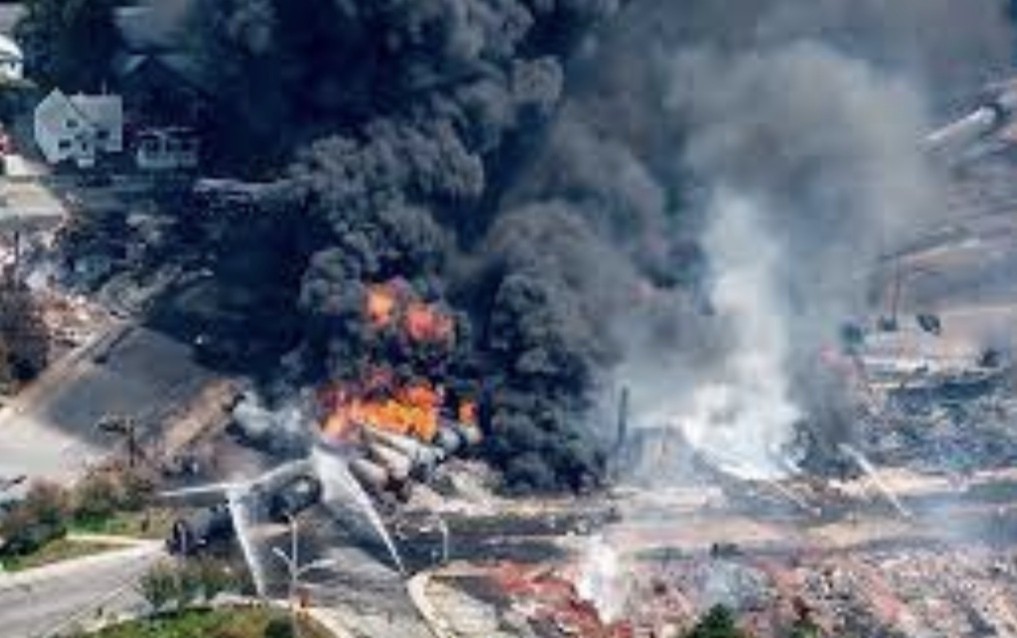
Oregon’s Critical Energy Infrastructure Hub: A Multi-Billion Dollar Risk
Train derailments or accidents can result in fires and explosion, spreading toxins into nearby neighborhoods.

Communities all along the railroad corridors are vulnerable.
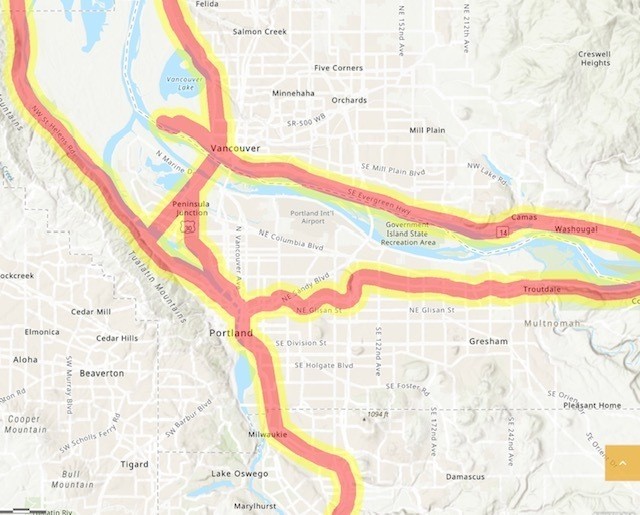
Courtesy 350 PDX
Toxic industrial spills make the river dangerous for wildlife and humans.

The Oregon Resilience Plan

Courtesy Street Roots, GH Thorn
Having tanks along the river means that leaks and spills can enter the waterway, making shorelines toxic, like this one in Cathedral Park.
This unhealthy situation is fixable.
Go to ACT to learn what you can do.